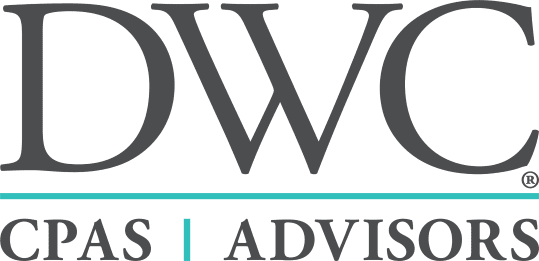 In recent years, information technology (IT) has had a significant impact on organizations, specifically:
In recent years, information technology (IT) has had a significant impact on organizations, specifically:
- Increased volume of information, which requires businesses to select relevant and credible information to support business decision-making
- Accelerating pace of changes in technology, including the prevalence of e-commerce systems and the use of web-based and cloud-based services
- Increasing dependency of companies on outsourced business and IT service providers
- Availability and widespread use of user-initiated and user-controlled IT solutions
- Increasing need to place reliance on controls, including IT controls, by businesses and auditors as a way of reducing risk
As a result, there is also a need to increase the controls over the IT function as well as understand the risks and the implications to the organization’s financial statements. Businesses rely heavily on their financial statements for a variety of reasons, including making critical and strategic business decisions and monitoring the financial progress of the organization. The importance of producing reliable financial statements is vital.
Many organizations use a variety of software applications throughout their business. There are five factors management of an organization should consider when reviewing the relationship of IT, applications, and their financial statements.
First, identifying applications that have a significant impact on financial reporting and understanding the accounts or transactions related to that application. For example, inventory applications generally would be significant to a manufacturer or wholesale distributor.
Second, understanding within each application identified, the volume of transactions processed. For example, a coffee shop that processes a hundred orders daily would be considered high volume as opposed to a car dealership that might sell a handful of cars daily would be considered low volume. The higher the volume of transactions the application processes, the increased risk of error and related impact on the financial statements.
Next is the significance of business processes handled by the application. An application generally would be considered significant if it handled one or more business processes that are critical to reliable financial reporting. This is likely to occur when the application is used to electronically initiate large transactions or to perform complex calculations or processes affecting the financial statements. Examples may include an application that accepts customer orders for an online retailer or a job cost application for a construction contractor.
The fourth factor would be integration between the application and the financial reporting function (the general ledger). An application that integrates with the general ledger and feeds critical data would have a significant impact on the financial statements. Examples of this would be major revenue/expense figures, and billing or inventory applications. Some applications will have various modules within itself that integrate. It is highly important that these modules are reconciled on a regular basis. For example, if you have a billing/accounts receivable module and a general ledger module within the same application, to verify the integrity of the integration, reports out of the billing/accounts receivable module should be reconciled to the balance shown on the general ledger for the same period.
Lastly, is the importance in safeguarding assets. An application generally would be considered significant if it is important in assuring proper controls over assets that are susceptible to misappropriation. For example, an application that helped prevent unauthorized disbursements if a company might suffer fraud losses otherwise. Another example would be an inventory application that involved a bar code scanning system to track inventory and reduce the risk of theft or fraud.
Considering these factors will assist management of an organization in being able to rely on the financial data and related financial reports to assist with business decisions, strategic planning, and monitoring the financial performance of the organization. If you have any questions, comments, or concerns, or would like additional information please do not hesitate to contact Dalby, Wendland, and Co.
Katharine S. (“Kat”) Fraser is a certified public accountant and audit manager. She has experience providing audit and accounting services in several industries including financial institutions, country clubs, hospitality, nonprofit, construction, manufacturing, health insurance, hospitals and employee benefit plans. Kat is a member of the Colorado Society of CPAs, American Institute of CPAs, and local nonprofit Junior Service League. She is a former board member of the Grand Mesa Youth Soccer Association and has been a coach for the program since 2004.



